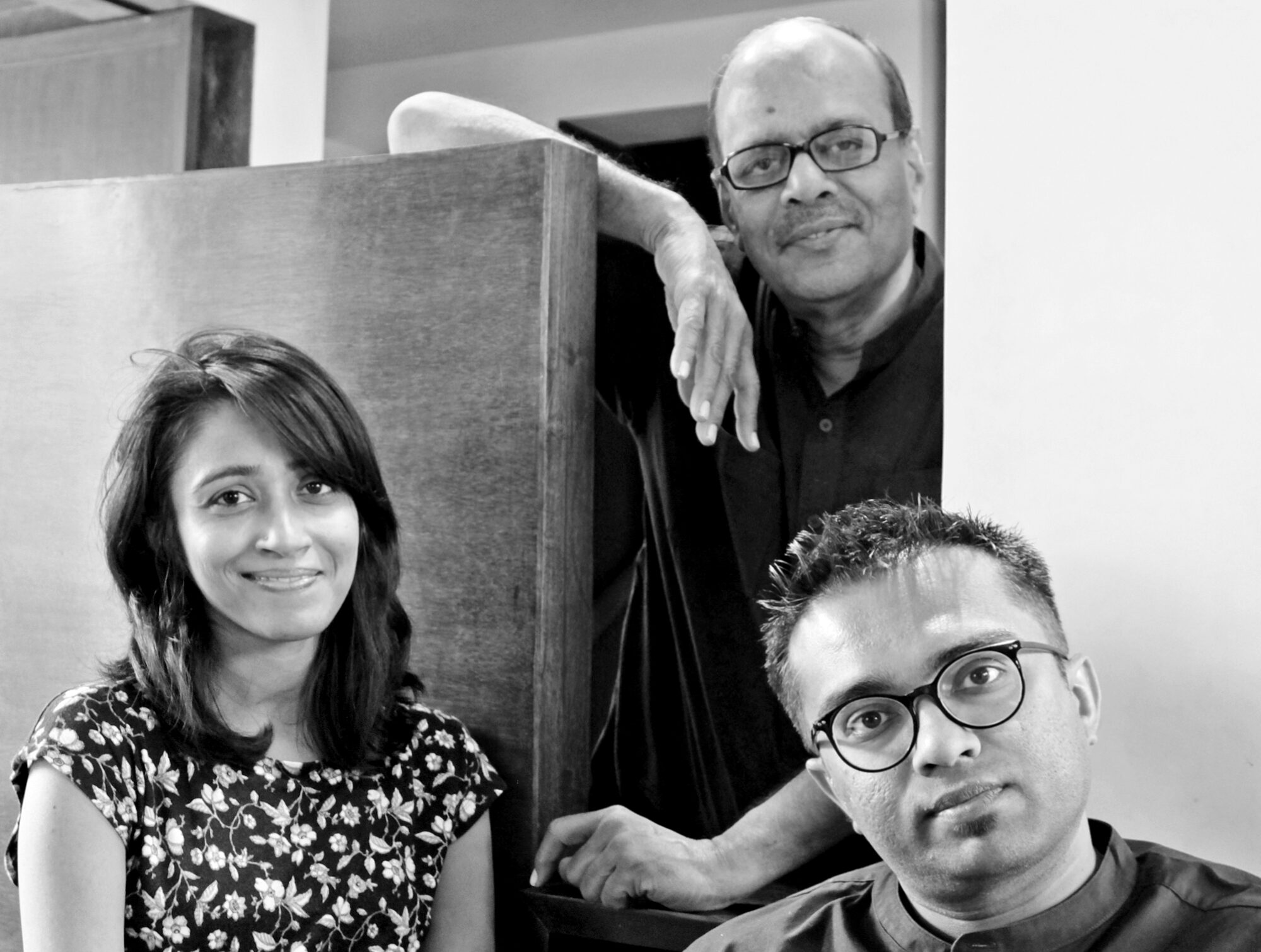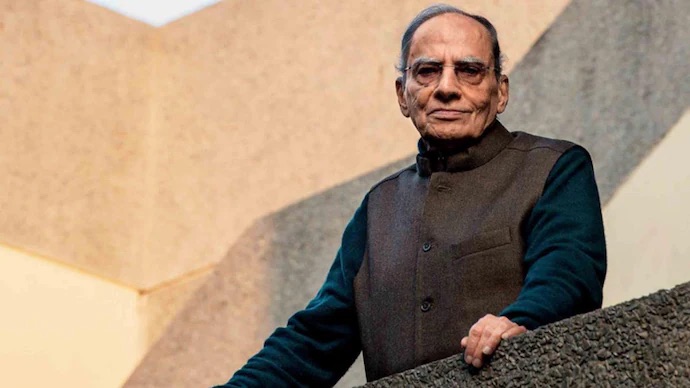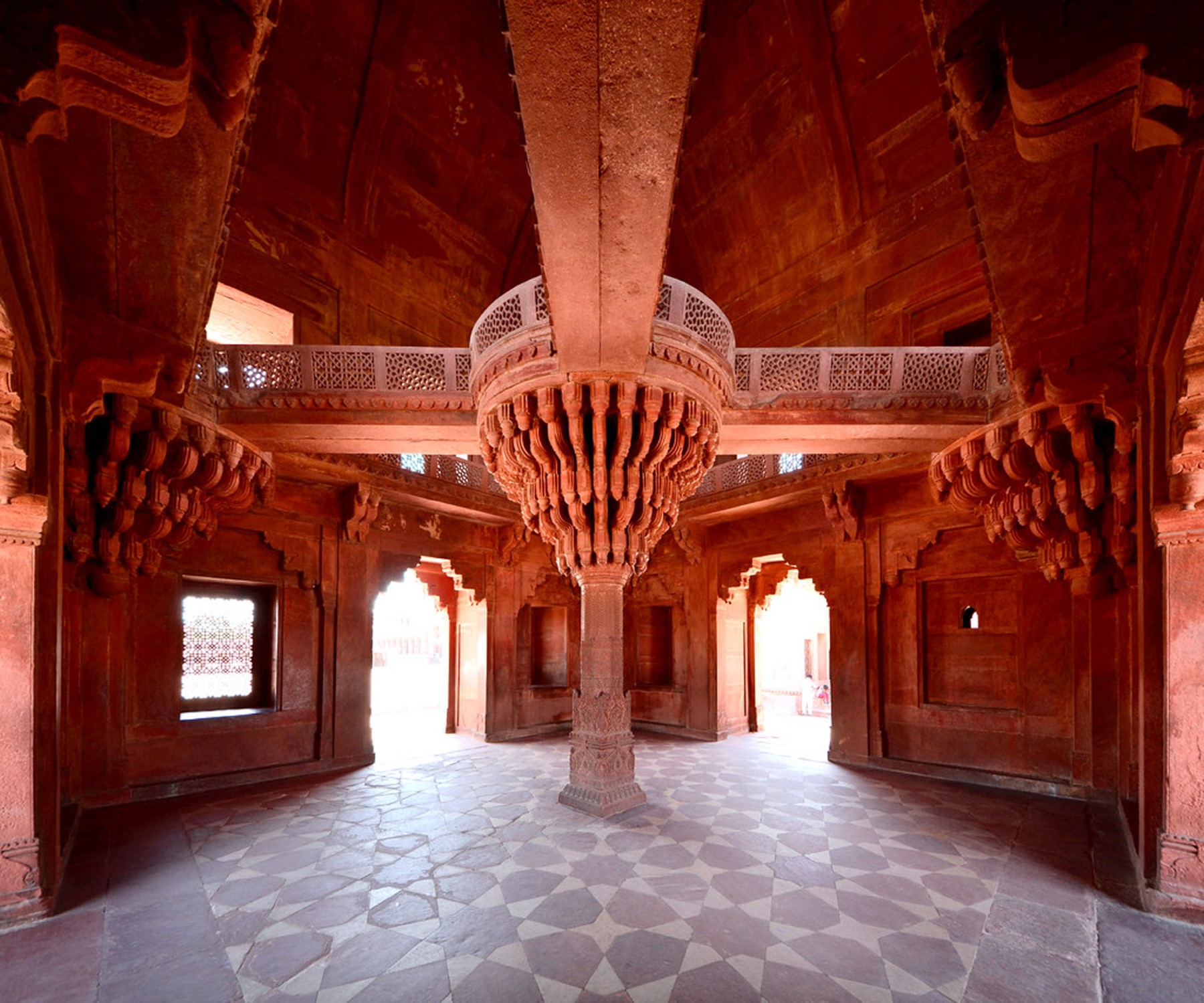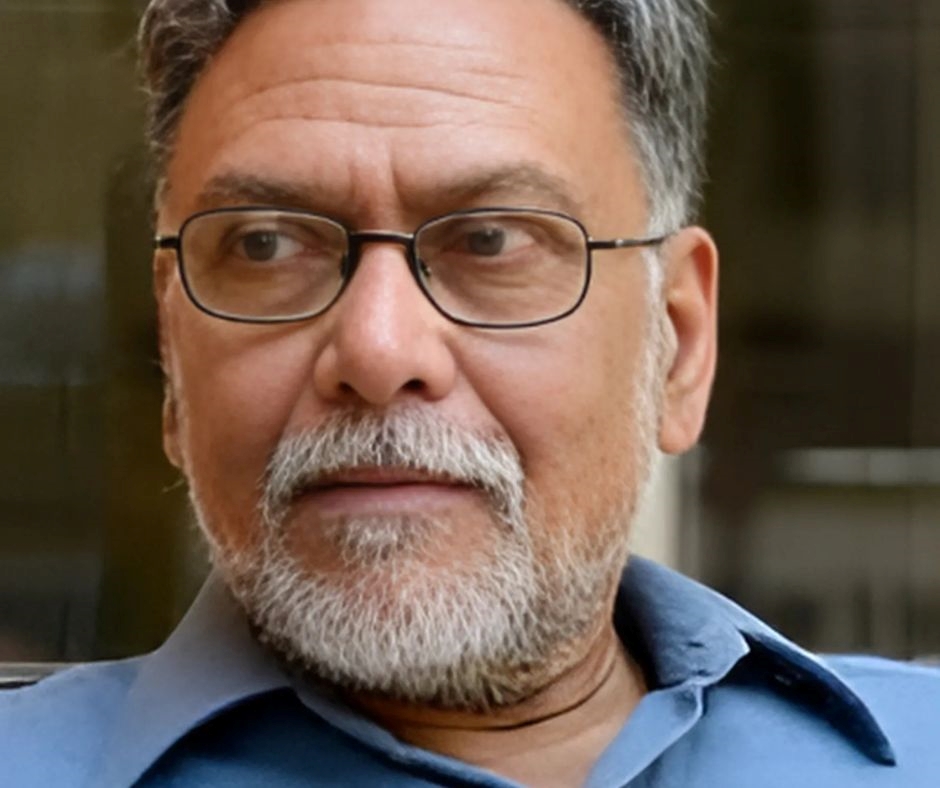Tell us about some important projects that your studio was involved in, just before the lockdown.
During the lockdown, we worked on the design development and detailing of a housing project in Dholka, a small town near Ahmedabad. Other projects include restoration and revitalisation of one of the older University buildings in Ahmedabad and interior design for an upcoming institute on the IIM-Ahmedabad campus. Both these institutional projects are collaborations with a fellow design firm and involve numerous consultants, hence bringing with it the minor hiccups of coordination and management, following the new normal.
Notable among the bunch of ongoing work, just before the lockdown was also the restoration of the School of Architecture building (designed by Prof. BV Doshi), on CEPT University, which is a mecca for Indian Modernist architecture. Owing to its significant historicity, the project has been a collaborative and mindful attempt, involving various experts on conservation, structure designers, engineers, contractors, and users (teachers and students, primarily). Fortunately, just before the pandemic struck, the important phase of feasibility studies and documentation of the existing building was concluded, giving us enough data for further deliberations and dialogue with the team.
Which were the biggest challenges and fears you faced because of the lockdown?
We have been known for being hands-on in our practice, where frequent site visits mean faster troubleshooting and more streamlined project delivery. The pandemic certainly changed this, with human contact becoming a deterrent. This also changed the way our design team worked in the studio. The unforeseen circumstances brought with it the fear of facing uncertainties, primarily in the status of present projects and schedules, and the immediate future for new projects.
What were the challenges you faced with the monetary flow in your practice and how are you handling them?
During the lockdown, the funds’ flow for the studio did take a significant battering. With reduced project remuneration, managing staff salaries and other obligatory expenses of the studio has been a challenge. Although utilising our savings, we ensured the staff salary was remitted on time, so that our team could cope with these unprecedented times. Exercising financial prudence, and reducing the studio expenditure to the bare optimum has been the way to sail through the global crisis.
How are you strategizing to adapt to the new conditions of work upon resumption of office post the lockdowns?
Immediately following the lockdown we witnessed a significant slowdown in the execution of existing projects and incoming ones. This was also owing to the lull caused on sites by the absence of a labour network. To mediate that, we have consolidated our work duration in a day in the studio to four hours, instead of remote working for indefinite hours, the latter having been proved to be much less efficient. We hear of numerous firms reducing salaries, or slacking in paying the monthly dues, especially so during the lockdown. We also heard that in case a team member suffered from COVID, and hence having to isolate and not being able to work, the salary was reduced for that period. And that has not been an option at our studio.
Asserting further, we believe that not paying dues to the team is not professionally sustainable, and that has not been the slightest consideration as a countermeasure during the pandemic.
During and following the lockdown, our challenge was to streamline the efficiency of working hours, which we realised was haywire for some time as a result of having to adapt to this new method of working remotely, at homes.
Were any new methods of work evolved during the lockdown?
Understandably so, we had to switch to remote working, and coordinating over messaging/video calls, during the lockdown. We had daily site review meetings via video-conferencing platforms with clients, PMC, and contractors to keep them updated on the progress in terms of design development, and execution (whatever little that could happen during lockdown). Our team made effective use of the lockdown period to focus on the design development stage of the existing projects and submit all the design/working drawings, tender documents and BOQ, such that the projects were ready to launch smoothly once the restrictions were lifted.
How were the coordination issues resolved with the studio staff and on-site team?
A daily log of the project status and work progress was shared with each staff member, to ease communication and internal coordination.
What were the biggest learnings from the pandemic? And which decisions and new work methods you feel your studio will continue with for the future?
The lockdown has taught one to be mindful of consumption and question the need for resources. Only a global crisis could teach us these. We would like to take that learning a step further and imbibe into our practice by mediating the need for certain luxuries of design, and providing an appropriate alternative.
The lockdown also gave us the chance to learn to build our website, replacing the old one. On a lighter note, we would surely like to continue with the efficiency of a quick virtual meet, over much unproductive and rather dragged meetings in person.
About The Practice –
Please let us know about the founding year, principals, team and studio.
Aakruti was established in 1980 (in Ahmedabad) by Dilip Patel, and two friends from the School of Architecture (CEPT University, Ahmedabad) who shared a vigour for design. In the formative years of their practice, Dilip has extensively worked on various social housing and institutional projects. These shaped the broad approach of the firm – from making projects that are contextually relevant and culturally rooted. Since 1998, Aakruti is solely led by Dilip and has been instrumental in providing responsive solutions to programmatic challenges, ranging from various private residences to some notable retail interiors, exhibition design, furniture design and more recently, institutional design management. The social, environmental and economic parameters have guided Aakruti’s aesthetic responses over the years. Since 2010, Dilip is joined by his partners, Toyam Patel and Tulna Patel, both interior architects from CEPT University, Ahmedabad. The visual vocabulary, thus arising, is a collaborative exploration of traditional and vernacular knowledge with contemporary innovations. We are a studio of 12-15 people- a mix of architects, interior designers and technicians, along with a range of specialised experts and consultants that we work with.
What are some of the processes and work methods unique to your practice?
We believe that a ‘good’ project is beyond aesthetics, it is an effective balance of design, planning and execution. Through our work, we like to address each of these with finer details, right from the initial sketch. Our process starts with intense programming, within the team, and in the form of a creative discourse with clients. The first sketch follows as a response, which then goes through a lot of rumination for us, and visualisations for the clients. Our discussions with clients are also highly elaborate, and covering the finest nuances of their daily life and systems. For the execution, we are known to provide very detailed drawings, at all scales, up to the last bolt. An innate outlook towards modest, yet meticulous details is an integral component of our design thinking.







